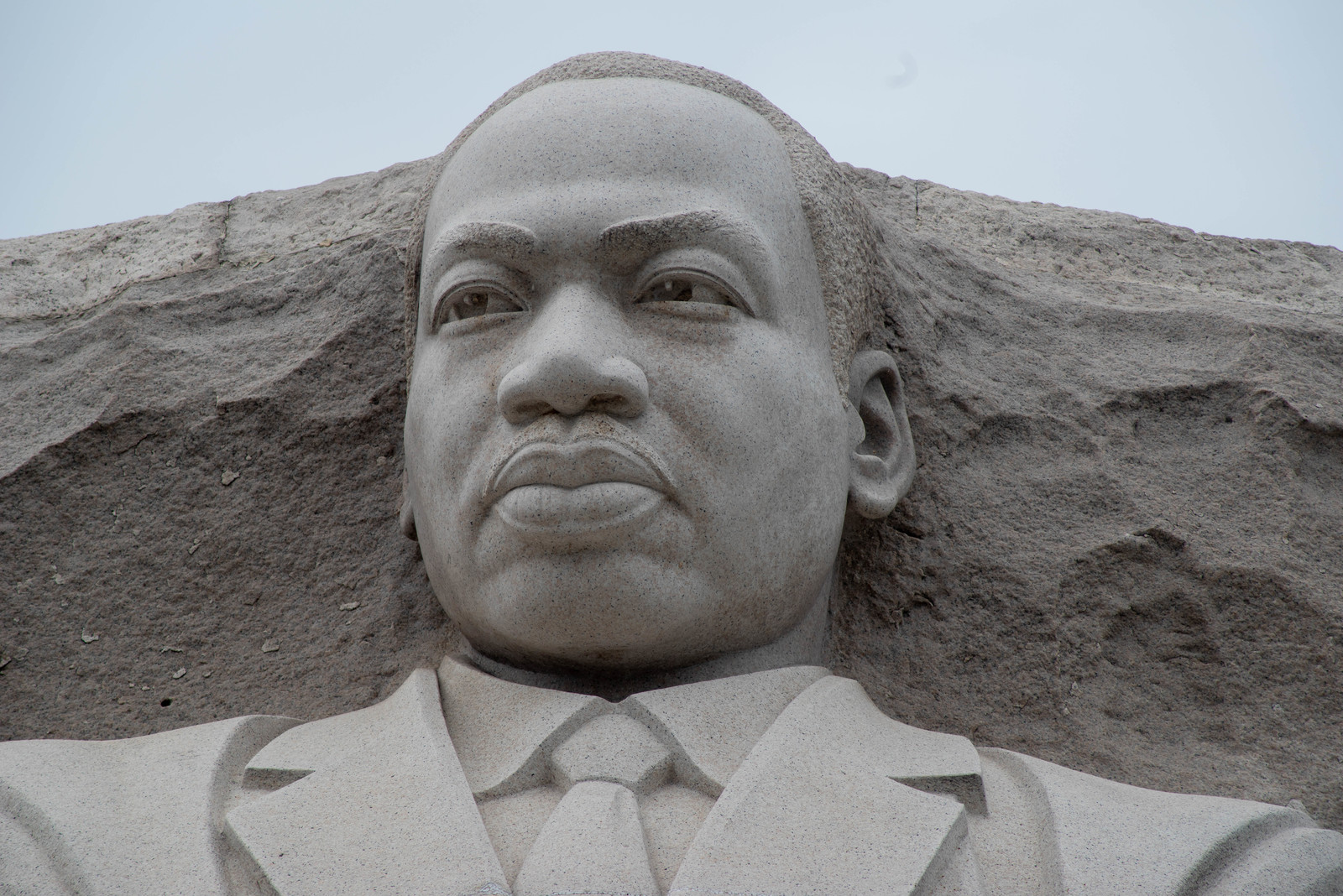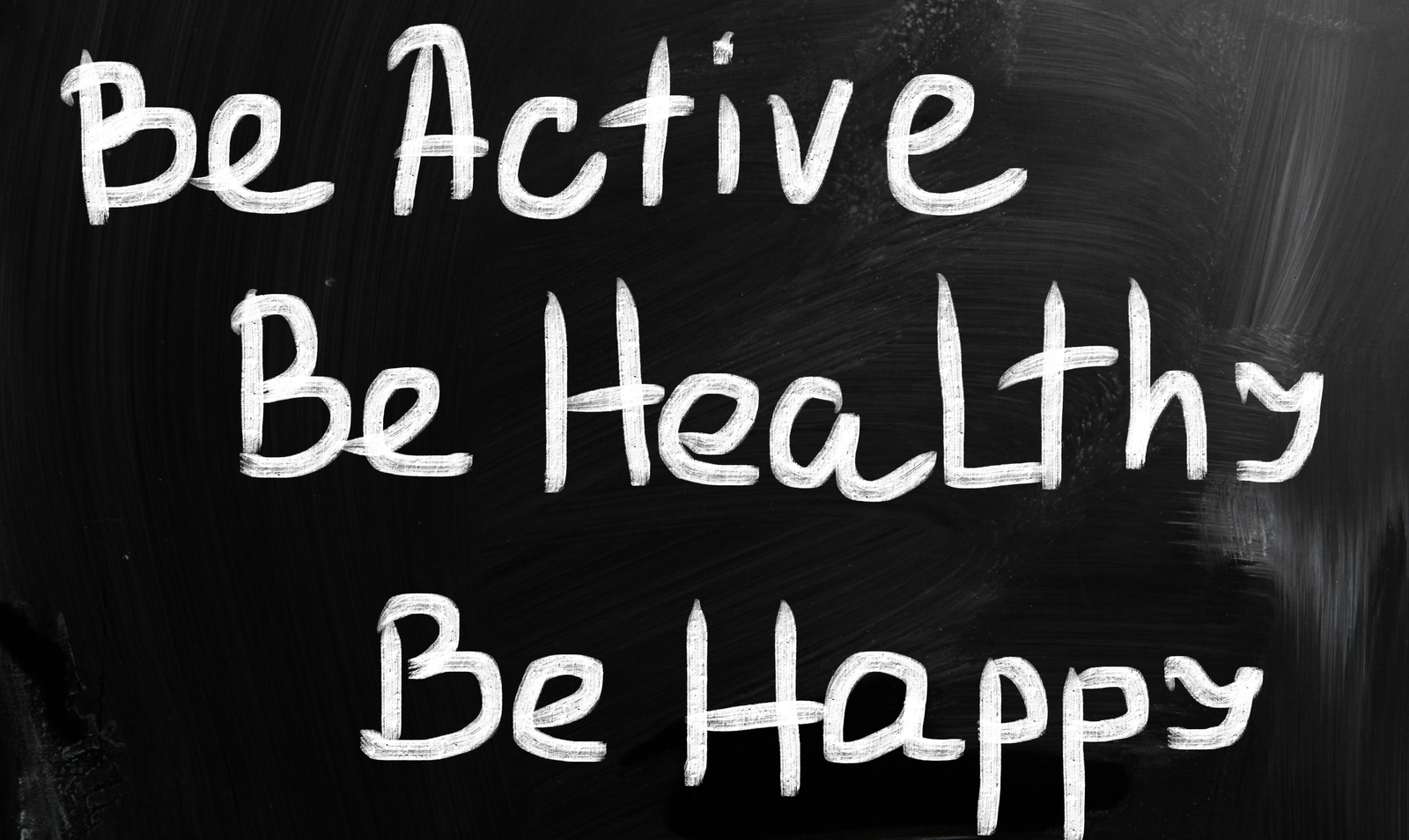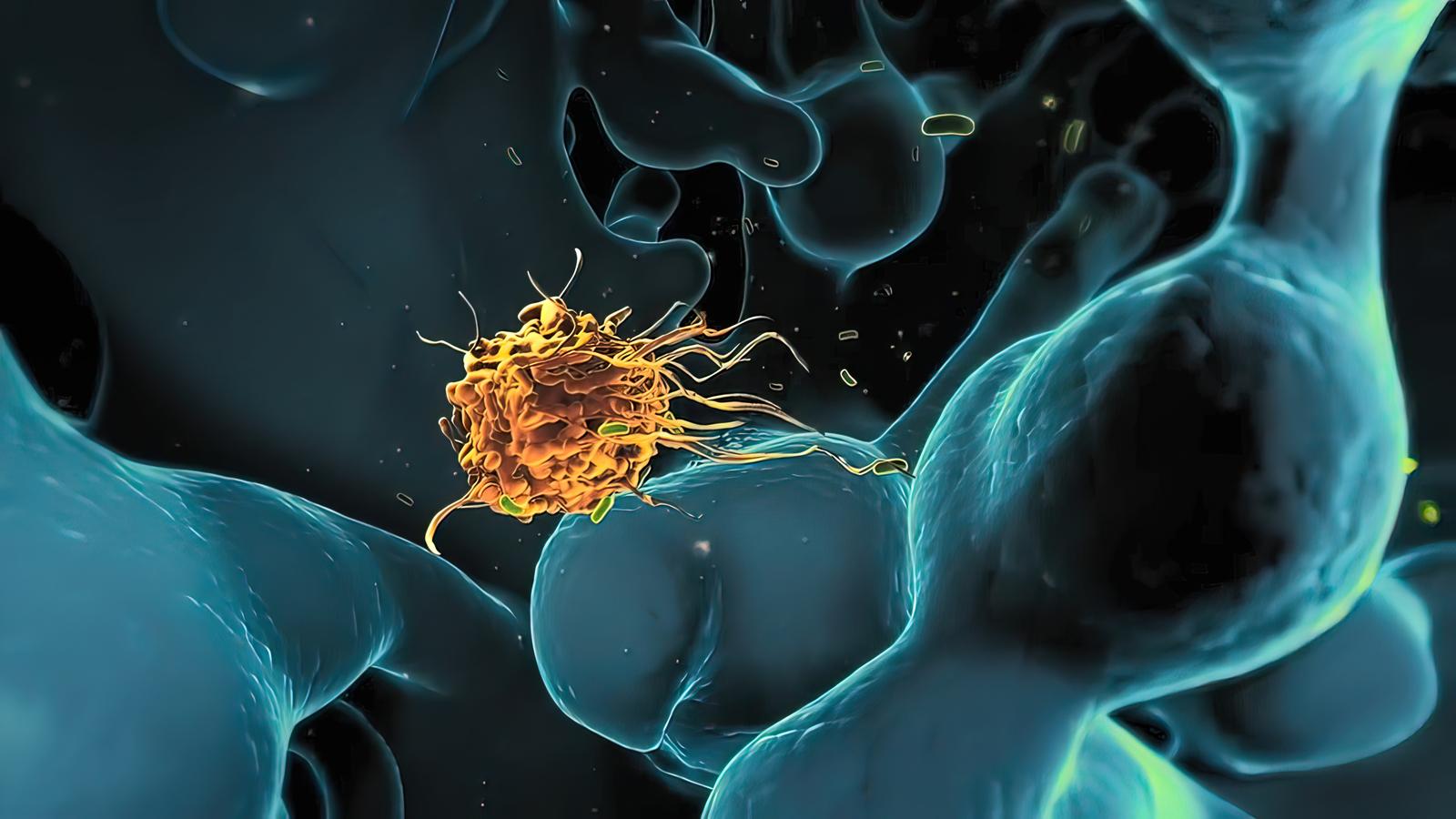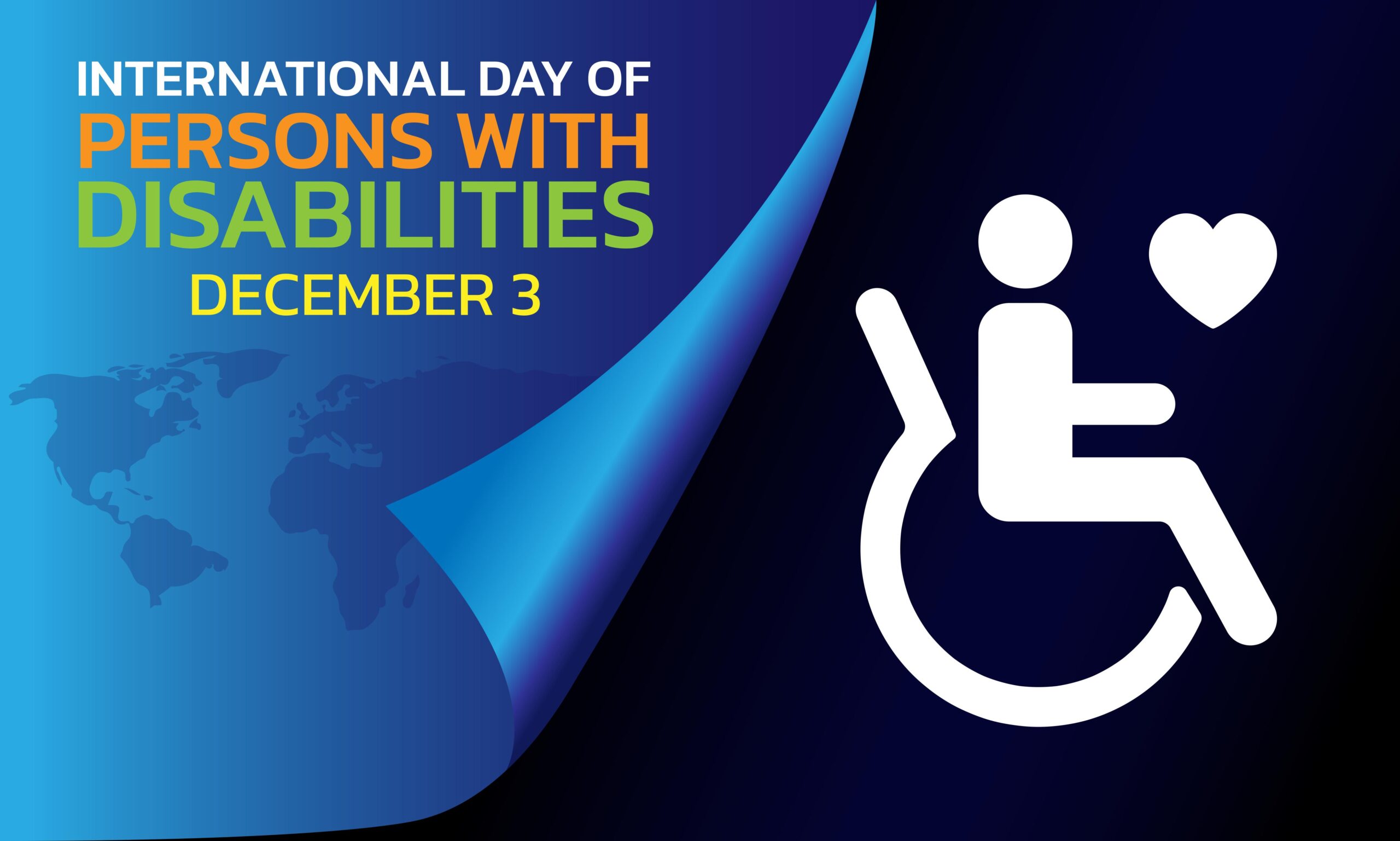“Embracing MLK’s Legacy: A Haitian’s Heartfelt Journey of Reflection”
As we stand on the brink of celebrating Martin Luther King Jr.’s birthday, it’s more than just a day off—it’s a moment to reflect, to honor, and to be grateful for the indelible mark he left on the tapestry of humanity. For me, a Haitian man living in America, MLK’s legacy resonates in ways that words can hardly capture.
Growing up in Haiti, I heard stories of Martin Luther King Jr. – a man whose words echoed across oceans, inspiring not only a nation but the world. His dream wasn’t confined by borders; it was a universal call for justice, equality, and brotherhood.
Arriving in America, I felt the weight of being a stranger in a new land. Yet, MLK’s teachings served as a bridge, connecting my dreams to the reality of a nation striving for unity. His words reminded me that my dreams were not just mine; they were entwined with the dreams of every person seeking a brighter future.
As a Haitian man navigating the challenges of being an immigrant, MLK’s resilience fuels my spirit. He faced adversity with unwavering courage, reminding us of all that even in the darkest moments, there’s a beacon of hope. His legacy teaches me that resilience isn’t just about enduring; it’s about rising above, standing tall, and demanding a better world.
In a country where diversity is a treasure, MLK’s vision of unity becomes a roadmap. His dream wasn’t about erasing differences but embracing them. As a Haitian, I find strength in the tapestry of cultures that make up America, realizing that unity is not a uniformity of identity but a celebration of differences.
As I reflect on Martin Luther King Jr.’s birthday, I feel a call to action. His legacy is not just a chapter in history books; it’s a living, breathing force that propels us forward. It’s a call for every dreamer, every immigrant, every person to stand up, speak out, and contribute to the ongoing narrative of justice and equality.
So, here’s to Martin Luther King Jr., a beacon of hope, a bridge between dreams and reality, a symbol of resilience, and a proponent of unity. As a Haitian man living in America, I carry his legacy with pride, gratitude, and a commitment to continue the journey towards his dream – a dream that transcends time, borders, and backgrounds.
Let’s celebrate the dream that unites us all. Happy Martin Luther King Jr. Day!










